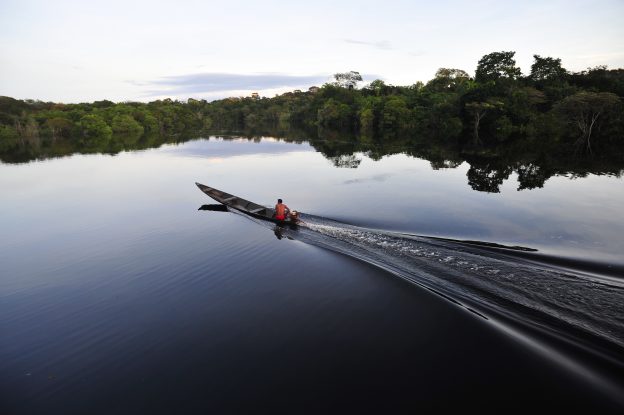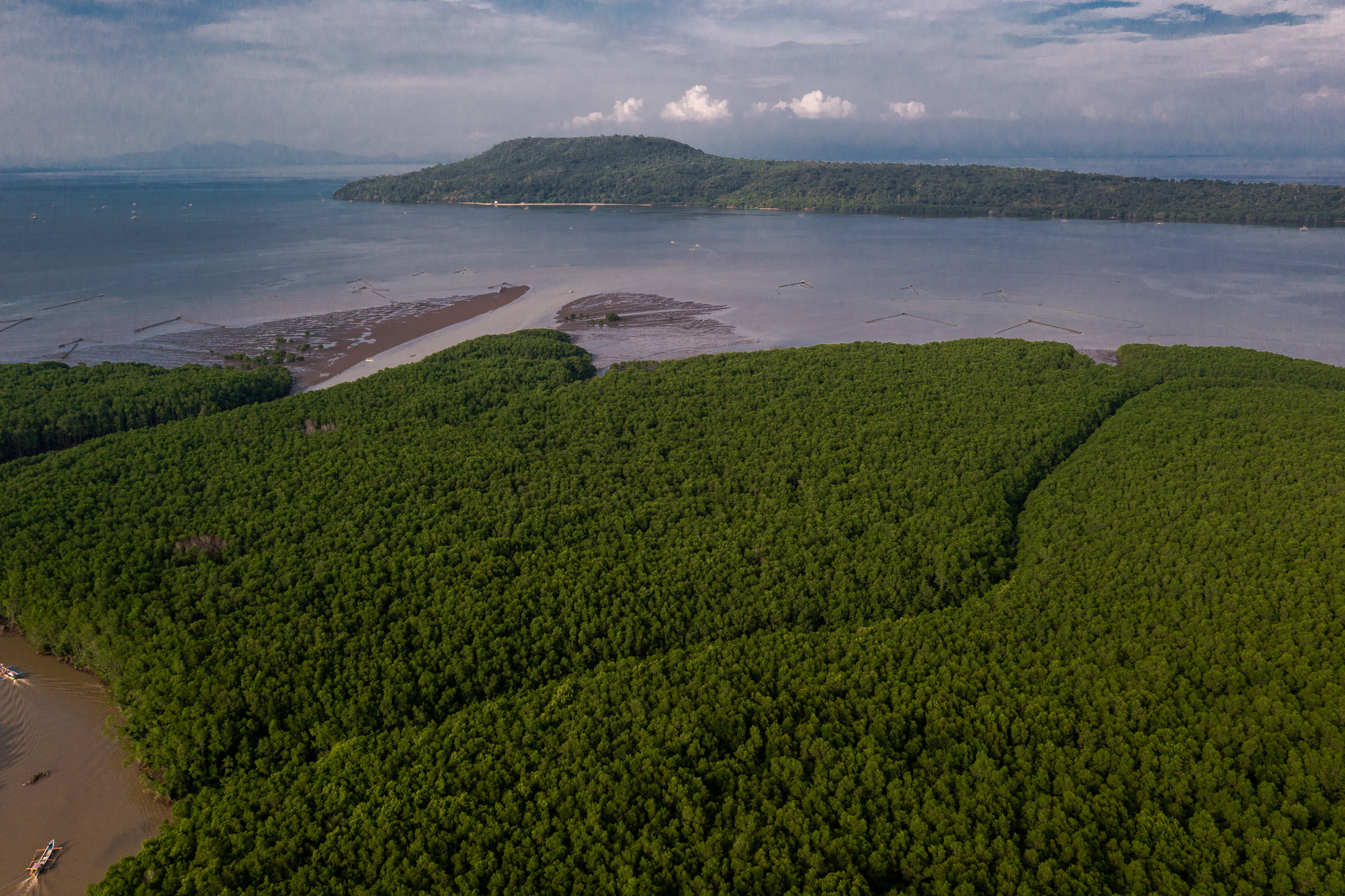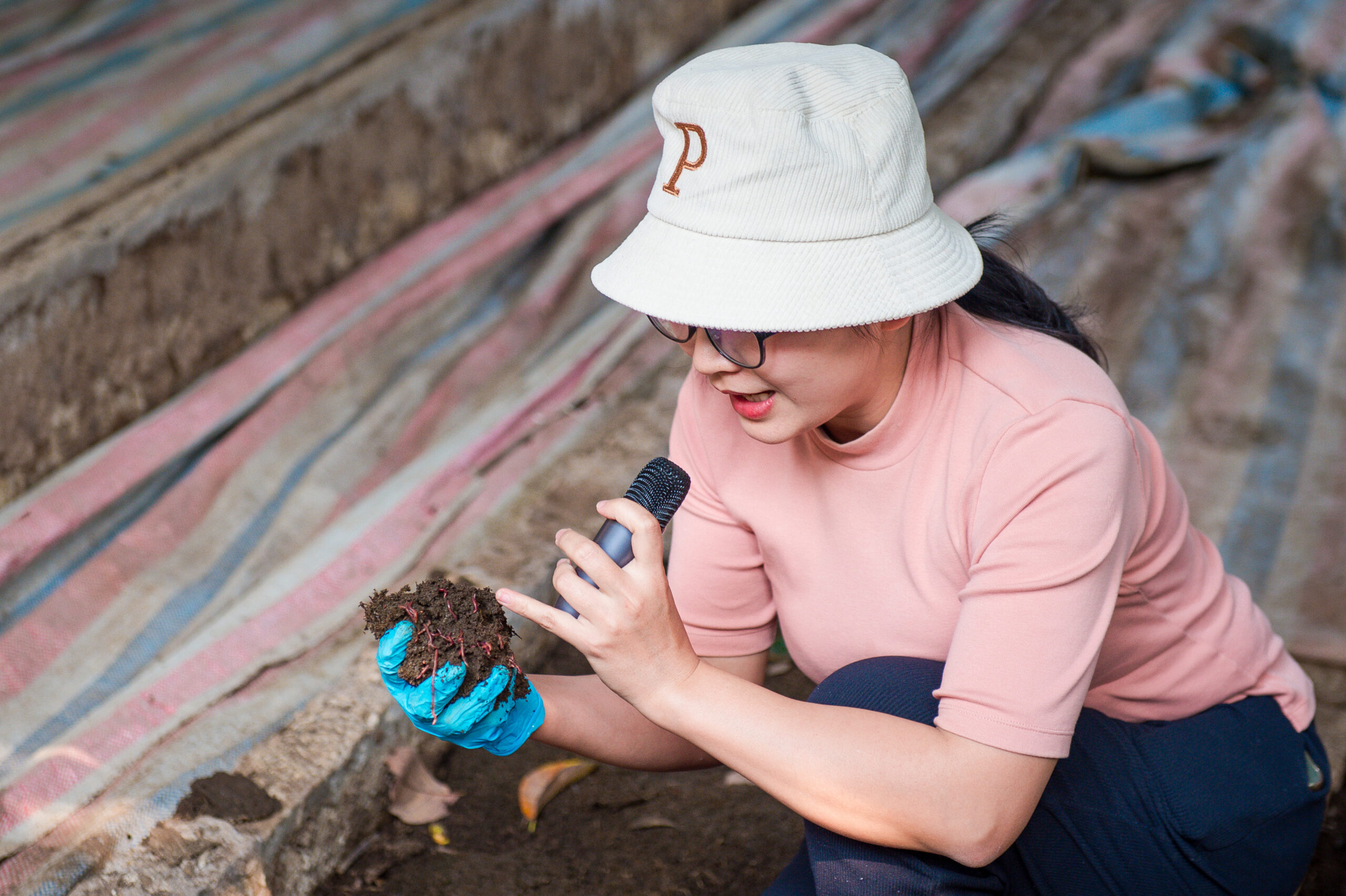Central Africa has the world’s second largest rainforest and logging is important there. A new survey of 31 forest concessions prepared for the ITTO gives a clearer picture of who is logging there and how. It covers concessions of varying types and sizes in Cameroon, Central African Republic, both Congos, and Gabon. When we consider findings listed below, it becomes apparent the region needs companies that will harvest more species from smaller areas, process their wood domestically, restrict commercial hunting in their concessions, and re-invest their profits in the region.
The survey found that:
* Foreigners hold most concessions. Local businessmen and communities are also getting into the business, but their operations are much smaller and lack capital and access to export markets.
* Loggers harvest significant amounts of 35 tree species. Yet, only two species – okume and sapelli – account for over half the timber harvested. Four others contribute another 25 percent.
* Smaller and domestically-held concessions typically harvest a wider range of species and generate more employment from each tree they harvest.
* Many concession holders still have no management plans. Larger concessions that have long-term contracts and sell to Europe are more likely to have them.
* Companies in Central Africa log forests lightly. On average, the companies surveyed harvested only two or three trees (six cubic meters) per hectare, and none harvested more than thirteen cubic meters per hectare.
* Cameroon increasingly exports processed products, while Gabon still exports mostly logs.
* All but one of the concessionaires surveyed reported problems with excessive hunting of wildlife on their concessions.








